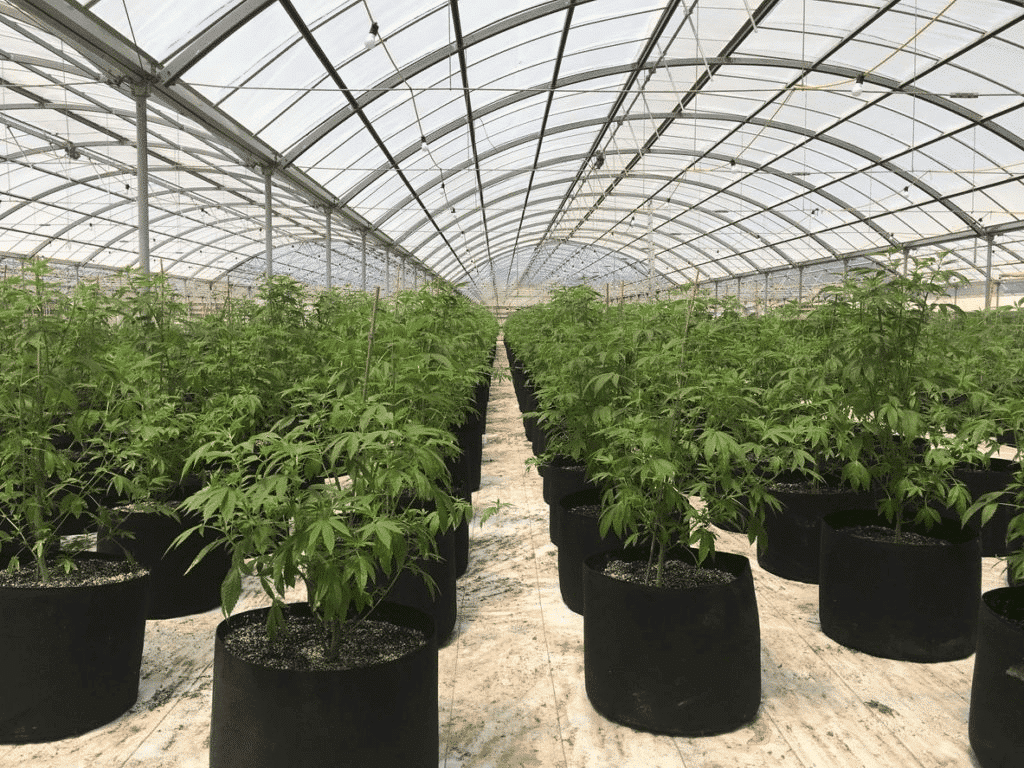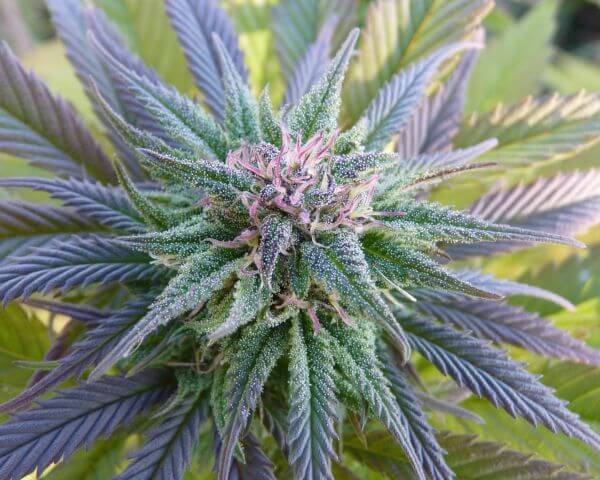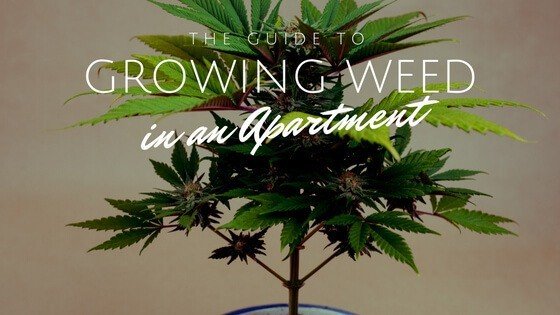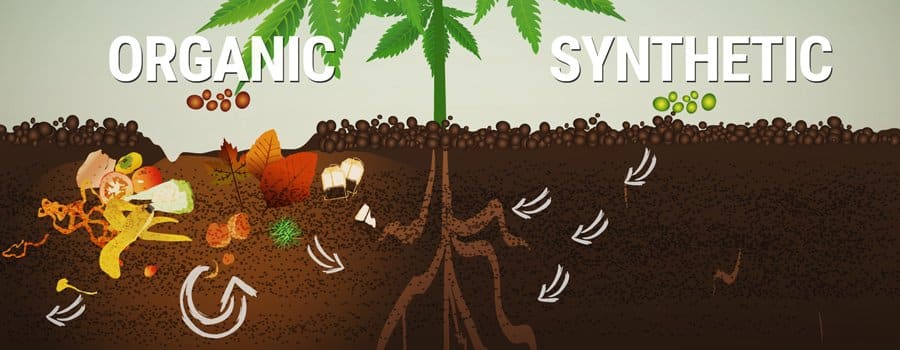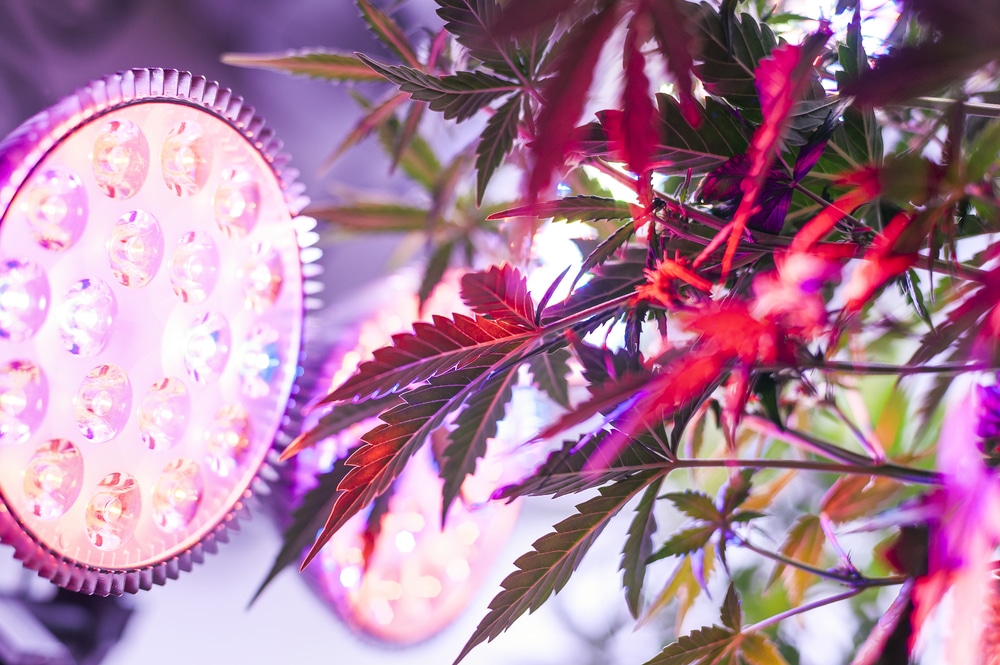No products in the cart.
Marijuana Education
What Is The Thing With Light Deps Weed?
Light destitution is not a new cultivation skill, however, there has been a wand in its usage recently, especially by NorCal growers over the preceding year and interestingly, it leads to a surge of light deps weed in the buds market.
If you are a regular cannabis buyer, especially recently, if on the Pacific Coast and in California, you would have come across a few offerings of light dep cannabis. While it is not your imagination at work, there are a lot of things going around, so what precisely is it?
In hypothesis, light destitution or deprivation is not unique from the method that is employed by indoor growers who in its place uses light and dark regimented intervals to push plants into their flowering phase. In practice, the deprivation of light simply means the effect of tugging traps in a greenhouse and planning the on and off processes for the additional lighting to take place.
Advocates of this technique show results of boosted plant quality and yields as well as a fantastic energy saving impact over the indoor farmers, in addition, they have the added supervision over the condition of things, which is not relished by outdoor growers. Our guide will go over deps weed.
As Ganjier puts it:
When compared with growing indoors, Light Dep boosted a smaller space and reduced the overhead cost that accrues monthly. Similarly, when compared to growing outdoors, light dep affords the growers control over the switching weather conditions and affords privacy. Also, fresh products are thrown into the market, when plants under the sun are much in their vegetative stage or their early stages of flowering. When used side by side with heat and lighting, light dep, allows farmers to flower with the tiniest inputs all year round.
Neil Dellacava is a purchaser for Harvest, a San Francisco, medical dispensary chain. Has seen a ton of cannabis each year, and in his interview, he stated the sudden spike in light dep products and how they land on his desk in the year 2017.
For him: Deps has had a presence over the years, supplemental greenhouse growing has taken the stage now as people see it now to be profitable, with the much harvest each year.
However, Dellacava emphasized the end product is not as beneficial as indoor-grown strains. Factors such as coloration, bud structure make it easy for one to distinguish indoor-grown strains from light dep.
The lower wholesale price of light dep products means the inexpensive retail price for consumers, and these consumers are usually not as discerning as professionals or even connoisseurs that are saddled with the task of choosing inventory for dispensaries. Sometimes people want it cheap, effective, and also tasty. This is where light dep wins it.
Is light dep the replacement for indoor farming?
It cannot be, however, we cannot take away the fact that it is a viable technique, which most cultivators are madly in love with. Some are even improving on it!
Dellacava and other industry gurus had stated that, while the legal market expands. The biggest outbreak of growth in the market will be the middle sectors of the chunk producing commercial marijuana, this will leave boutique marijuana growers to compete over the small luxury aspect of the market.
If light deprivation entails improved buds in a bigger bulk and at a reduced cost to the marijuana grower, it tells of a higher potential for commercial quality, taking a step further into a period of adult-use legislation.
Share with us, have you used light dep marijuana and what do you think of it?


